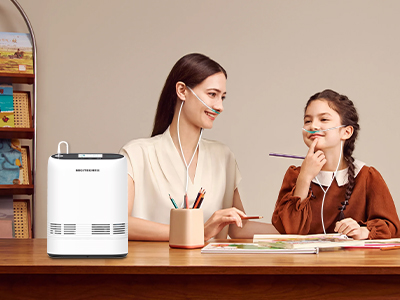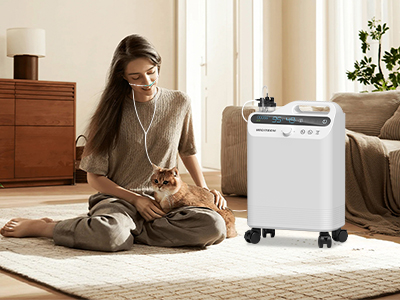25 Aug 2025
Portable oxygen concentrators are marvelous little lifesavers, but without power they’re just oddly shaped paperweights. Understanding how to keep them charged, humming, and ready for action is the difference between confident mobility and a very stressful outing. Power planning, as it turns out, is both science and art.

Why Power Planning Matters
Imagine strolling confidently into an afternoon picnic only to hear your concentrator beep in protest after ten minutes. Not fun. Oxygen concentrators are energy-hungry by nature, and failing to plan for their appetite can mean disrupted activities—or worse, health risks.
Power planning ensures peace of mind. With the right strategy, you can move freely without constantly scanning for the nearest wall outlet like a caffeine-deprived laptop user.
Battery Life: The First Line of Defense
Your oxygen concentrator’s battery is the knight in shining armor, protecting you from sudden interruptions. But even knights have limits.
Standard batteries often last 2–5 hours depending on flow rate.
Extended batteries can double or triple that time but add weight and bulk.
Recharge time varies, so knowing how long it takes to restore a full charge is crucial.
The trick is balance: enough juice for your outing, without carrying what feels like a medieval chest plate.

AC Power: The Steady Anchor
When you’re home or near reliable power outlets, AC charging is your oxygen concentrator’s best friend.
Direct wall charging allows continuous use without draining the battery.
Overnight charging keeps batteries topped up for the day ahead.
Surge protectors safeguard against unpredictable power fluctuations that could shorten your machine’s lifespan.
Think of AC power as a dock for your ship—it’s where you recharge, repair, and prepare for the next voyage.
DC Power: On-the-Go Freedom
Cars, boats, and even RVs often come equipped with DC outlets that are tailor-made for charging oxygen concentrators.
Cigarette lighter adapters let you power the device while driving.
Simultaneous charging and use means you can preserve your battery for later.
Travelers’ caution: check your car’s electrical capacity to avoid blowing fuses.
DC power keeps your oxygen concentrator as mobile as you are, ensuring adventures don’t stall before they start.
External Battery Packs: The Backup Hero
Sometimes, even the most meticulous planner needs a safety net. Enter the external battery pack.
Portable, lightweight packs can be lifesavers during long flights, outdoor excursions, or power outages.
Compatibility checks are essential—don’t assume one pack fits all oxygen concentrators.
Airline requirements often demand extra batteries, so external packs double as travel insurance.
It’s like carrying a spare set of lungs in your backpack—comforting, even if you never use it.
Solar Charging: A Niche but Noble Option
For the adventurous spirit venturing into the wild, solar charging might sound like a dream.
Portable solar panels can power or charge batteries under strong sunlight.
Not always reliable—cloud cover and short winter days limit effectiveness.
Best as a supplementary option rather than a primary power source.
Still, for campers or off-grid explorers, solar power offers a reassuring lifeline when the sun is your only ally.
Maintenance of Charging Equipment
Even the best power strategies collapse if your chargers and cables misbehave.
Inspect cords regularly for frays or damage.
Store chargers properly—not tangled in a drawer or exposed to extreme heat.
Replace aging batteries before they fail spectacularly at the worst possible time.
Healthy chargers equal a healthy oxygen concentrator, and a healthy oxygen concentrator means a more carefree you.
Keywords: Oxygen Concentrator
Originally published 25 Aug 2025, updated 25 Aug 2025.